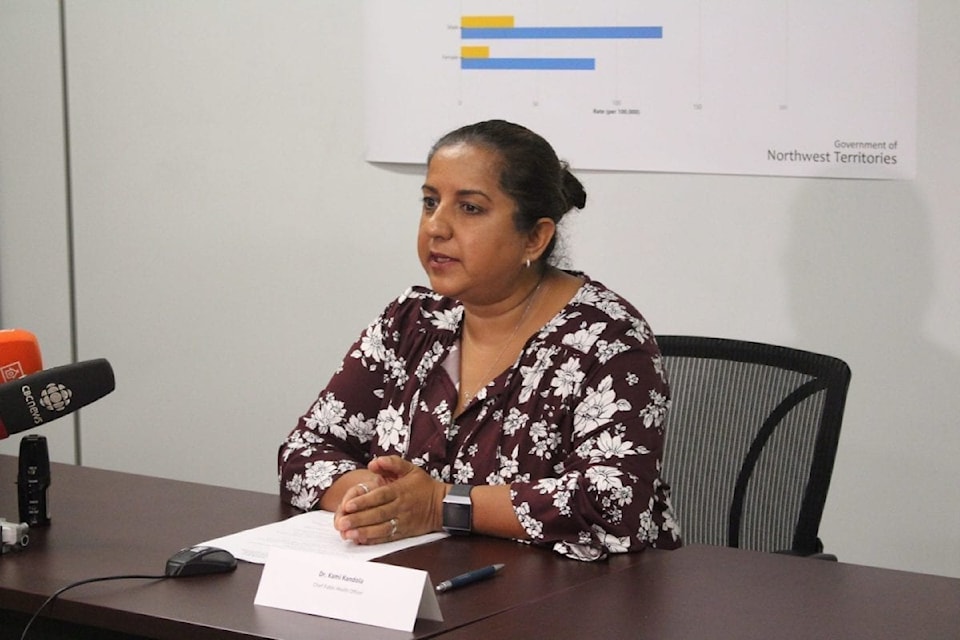While risk of coronavirus in NWT is low, Chief Public Health Officer Kami Kandola is advising residents to take precautions.
Coronavirus is a respiratory illness associated with a cluster of cases linked to a seafood market in Wuhan, China. Symptoms include fever, dry cough, sore throat and headache. Some cases go on to show more severe symptoms, including shortness of breath and pneumonia.
When asked if the health department was concerned due to the high number of tourists arriving in the territory from China at this time of year, Kandola said the likelihood of the coronavirus spreading to the NWT is low because travellers are screened before entering Canada.
“Right now the direct threat to Canada appears low,” Kandola said.

NNSL File Photo
“We have to realize that China has over a billion people and (of) the number of cases right now, the majority are in Wuhan,” she added later.
Wuhan is a city in central China.
Though the situation can change, there’s a narrow criteria of who’s at risk said Kandola. The focus is on those who have travelled to Wuhan or otherwise been been in contact with someone from there.
Related to the SARS virus, coronavirus has been confirmed in roughly 500 patients worldwide, the vast majority in the Wuhan area. There have been 17 deaths linked to the disease, which has no effective vaccine.
Kandola said risk of death is higher for the elderly or people with chronic conditions or weakened immune systems.
Despite its low risk, Kandola said other illnesses in NWT – influenza, RSV, common cold, and whooping cough – can be similar and that residents should practice respiratory etiquette such as washing hands and cover their mouths with a piece of clothing when coughing or sneezing.
“So the best advice I have for the public is trying to reduce transmission for any respiratory infections,” she said.
Direct transmission can occur through inhaled droplets from nearby sneezes and coughs. Indirect transmission, on the other hand, can include shaking hands, or touching a contaminated surface.
To avoid this, Kandola advises washing hands regularly for at least 20 seconds with soap and water. If not available, use alcohol-based sanitizer. She also said residents should avoid touching their faces and close contact with sick people.
Residents should also stay home from work if sick and use a tissue or their elbow when coughing and sneezing. Additionally, Kandola encouraged cleaning and disinfecting contaminated surfaces.
Meanwhile, the Public Health Agency of Canada is reminding travellers from Wuhan to inform border service officers if they have flu-like symptoms, in addition to answering other health screening questions at Toronto, Montreal and Vancouver international airports.
Health care providers should similarly ask about recent travel history, while residents should also share if they recently became sick after travelling to Wuhan or coming into contact with someone who has.
Kandola noted the Chinese new year might mean more cases because more people will be travelling.
One traveller visiting Yellowknife from Vancouver, Andrew Law, said he wasn't overly concerned about the virus.
"I'm not so worried about it. But if I go to China, because there are so many cases confirmed (there), then I'll be really careful," he said. "But I don't plan to go there."
